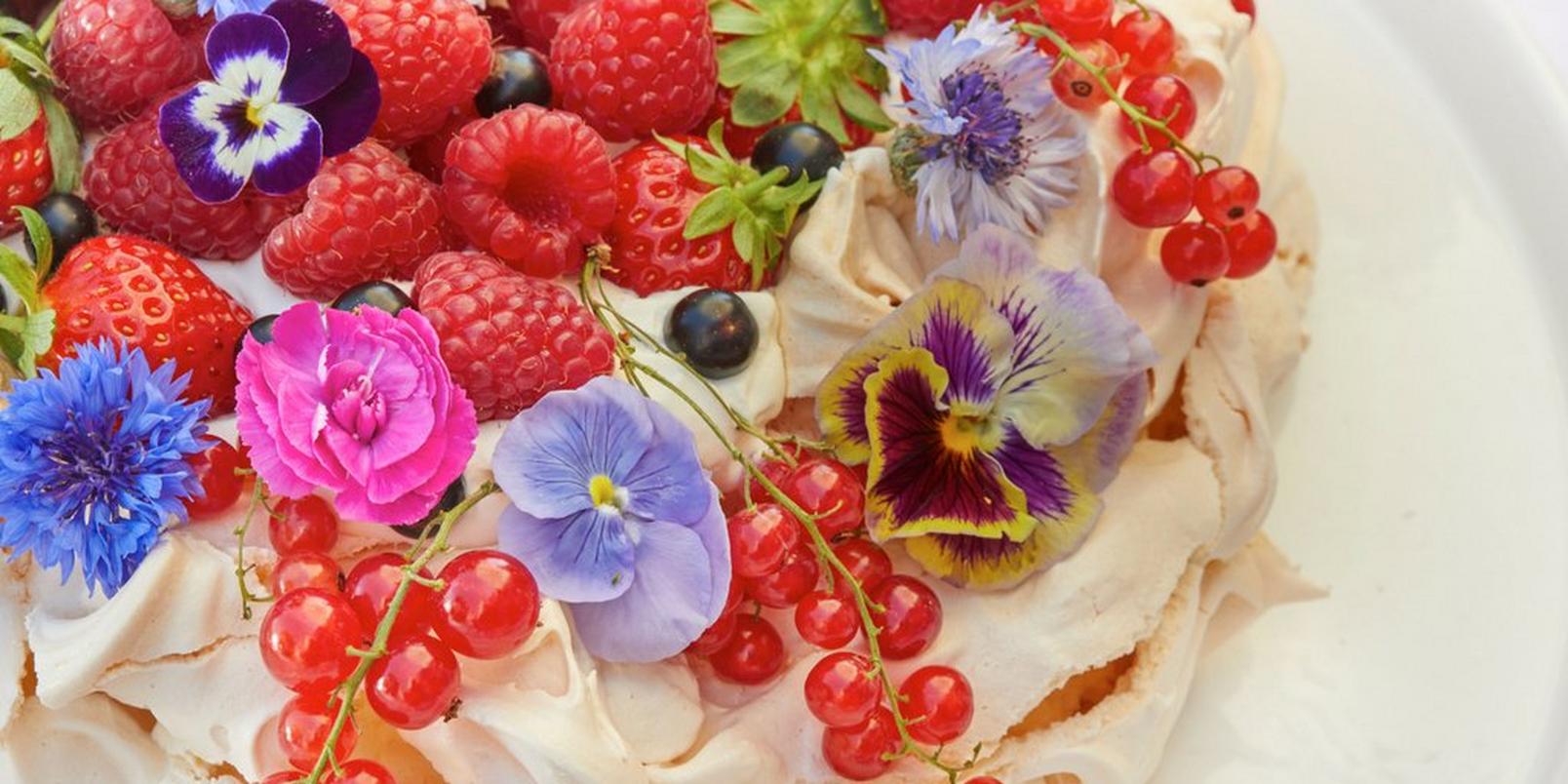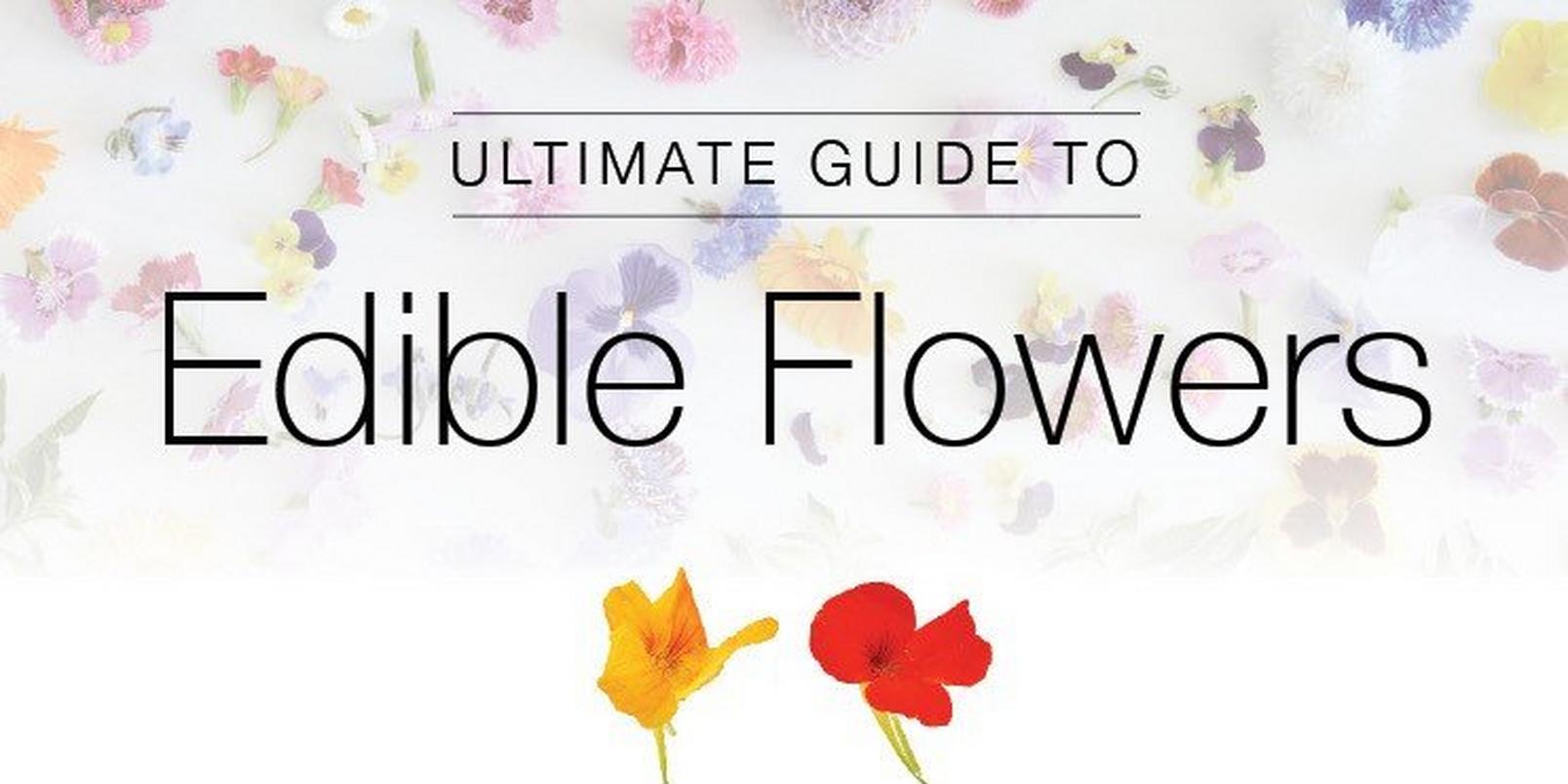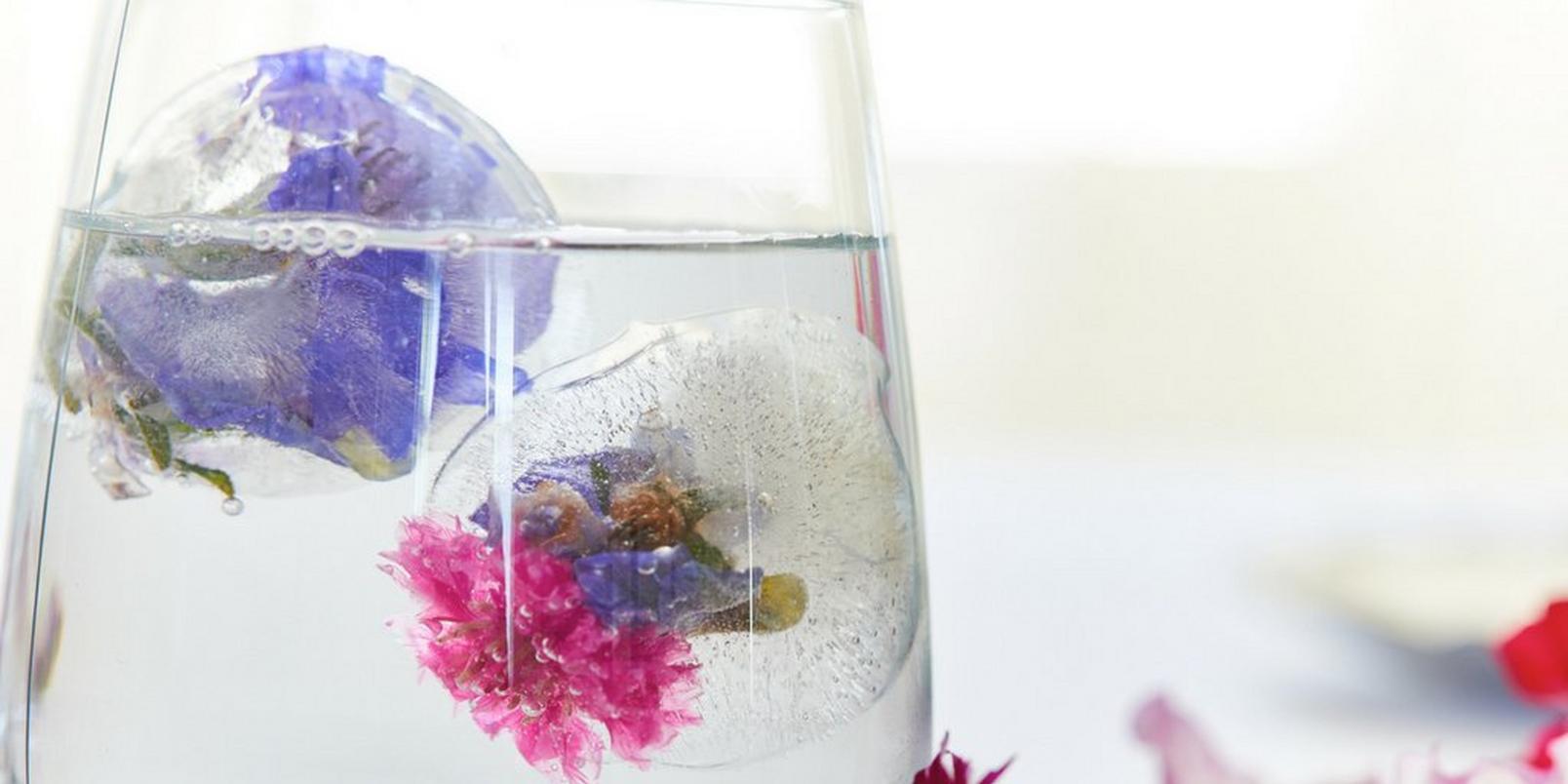You might be surprised to learn that there are many different types of edible flowers. Or then again you might not. If you stop to think about it flowers are being used in the production of food (and drink) every single day and right under our noses too - from the hops that make beer, to chrysanthemums which are used to create rice cakes and lavender flowers which are a staple in French kitchens. Afterall how many of us have enjoyed a cup of hibiscus tea or thrown some elderflower into a homemade cocktail, without giving it a second thought?
See our infographic for some of the most popular varieties of flowers that are safe to eat along with recommended usage in the kitchen.





